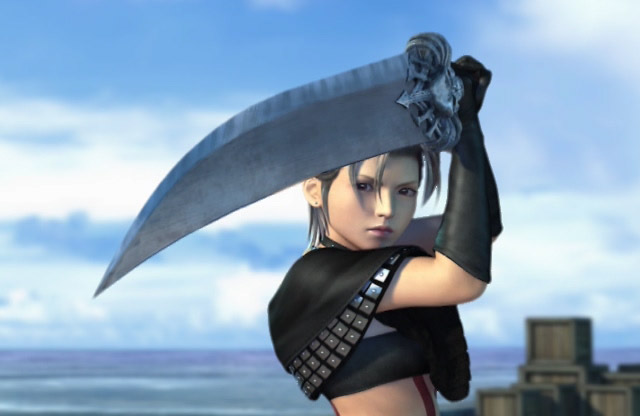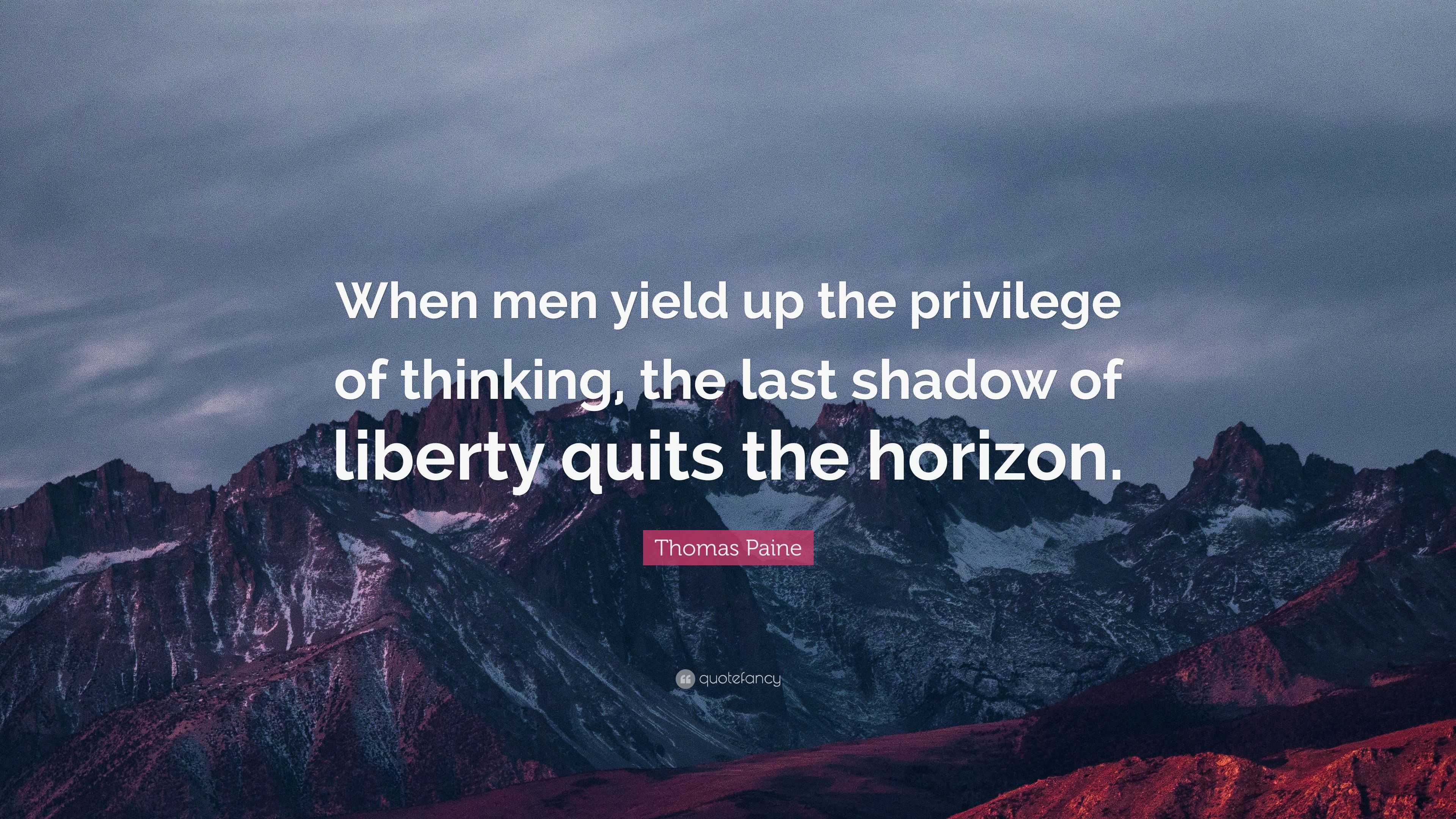

The Lakers can win tonight and live to fight another day but it will be quite the battle. As of this writing (May 22), the Nuggets are up 3-0 on the Lakers which is an outcome few expected.


The Denver Nuggets seemed to have gained momentum behind the playmaking wizardry of Nikola Jokic and the scoring punch of Jamal Murray. Still, few analysts and NBA fans had the Lakers getting this far so we’ll be raising our glasses to LeBron James, Anthony Davis, and Austin Reaves. The all-’80s format boom kicked in around 2000.Of the teams left, the Los Angeles Lakers and the Denver Nuggets are currently tussling for the honor of representing the Western Conference in their best-of-seven playoff series, which hasn’t gone the right way for the Lakeshow. So given radio’s penchant for latching on to every next big thing a little faster than the previous one, we should have had a large-market, terrestrial all-’90s station a year ago.Īfter all, the decade is nine years gone already. The “All-’90s Weekends” started as soon as 2000 at Top 40 and Hot AC. And XM Satellite Radio’s ’90s channel came along shortly thereafter. Hits from the ’90s are among the on-line offerings of AOL Radio, Radio IO and many others. In Ireland, the experimental broadcaster has just popped up. And many of the biggest hits of the decade (“End of the Road,” “I Will Always Love You,” “One Sweet Day”) now have a marginal presence at radio, at best. It should be time to give them their own format.īut overdue doesn’t mean imminent, particularly today. In 2000, the response to the “what if all-’80s is a fad” question for many broadcasters was “so what?” But this is a more conservative, resource-poor environment for format changes. There’s also not a lot of ’90s music that tests in other formats right now – except in Rock radio, where the ’90s dominate. Even in those formats that began with the ’90s as a calling card - the new Rhythmic ACs and younger-skewing ACs – it became clear that newer music generated greater passion among more people. Then there’s the problem of organizing the ’90s into a coherent format. The Country songs that weren’t played at Top 40 in the early ’90s were heard by more people than many of those that were.ĬHR took a new direction every two years in the ’90s and for several years, it barely existed at all. To hear the existing ’90s format on satellite or on-line now is to risk whiplash, bouncing from Snoop Dogg to Nelson or Tag Team to U2 to Hanson. Yet, the ’90s still ended up as Top 40’s best period for music in 15 years. Every generation wants to hear its own oldies eventually, and that goes for both listeners and programmers. The kids of the ’90s are starting dent the programming ranks now.

The launch of a Classic Hip-Hop format at KNRJ (the Beat) Phoenix last week is one indicator that those PDs will keep trying ’90s music until they find something that works.īesides, there’s also something attractive about retroactively fixing ’90s CHR – so hapless for so much of the decade. (MTV played Nirvana and Snoop Dogg together why was it so hard for radio?) So we decided to offer some thoughts on how a ’90s format could be made to work ‘sooner, rather than later’ (to use the expression ’90s President Clinton made so common):ġ) Pick & Choose Your ’90s: The first attempts at an all-’70s format often fell into one of two traps. They either played only that music that already tested, which left them sounding like Classic Rock stations, or they threw all caution to the wind in dealing with a format that spanned “Yellow River” by Christie and “Rapper’s Delight” by the Sugarhill Gang.


 0 kommentar(er)
0 kommentar(er)
